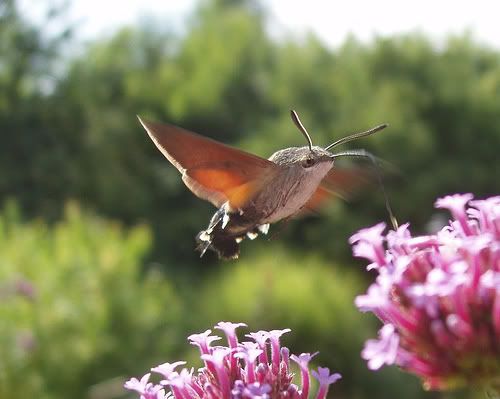A schedule defends from chaos and whim. It is a net for catching days. It is a scaffolding on which a worker can stand and labor with both hands at sections of time. ~Annie Dillard
It occurred to me recently that I could view my life using the model of a flower, where each of the petals represents a major aspect of my life. Some people have a one-track mind - mine is more like an 8-track, and I need to find a way to divvy up my time and energy and still maintain some sort of balance.
I've always been one to wear a lot of different hats. My entire adult life I've never had a full-time job, but have often had two or three at once, as well as volunteering in various capacities.
For the past few months, I've been working on opening a business, a laundromat called GreenSuds. And this semester, I started teaching college English classes after a year-and-a-half-long hiatus. Now, on top of all that, I started this blog. Adding these new components to my already busy life is what's prompted me to more deliberately prioritize.
So I went online to look for a blank flower diagram that I could fill in, and discovered two things: 1) sites that used to offer that sort of thing for free when I was homeschooling my daughters are now subscription sites, and, 2) apparently the concept of a flower diagram as an organizer is not a new concept.
(I always have mixed feelings when I discover that something I thought I made up already exists. On the one hand, I feel confirmed, validated, and connected to the collective unconscious or whatever, but I can't help but also feel like I've missed a boat. Did you know that I'm actually the person who invented grips on pens and fast food restaurants inside gas stations? I'm the Tesla of trivial ideas.
I really should have known about the flower diagram, since I'm an English teacher and "clustering" is one of the concepts I teach my students for organizing their papers. There's a fine line between a blob surrounded by and connected to other blobs, and a flower with a center and petals.)
Since I couldn't find a blank diagram, I used an actual photo instead, which is much prettier anyway. I have to say, with this blogging business, I've been learning a lot of new skills, but the one that tops the charts this week is learning to put text into a photo.
After I got the basic categories down, I made a two-column list, one column for how strong my desire is to do each activity, and one for how much time that activity requires. I didn't spend a lot of time thinking; I just did it off the top of my head, trusted my initial responses. Looking at it now, I'm not sure how helpful it really is. First of all, it makes me feel guilty, like certain things "should" be higher on the desire list than others. The fact is, all of these things are almost equally important to me, which is why they get to be petals on the flower in the first place. Trying to prioritize them is extremely difficult - at least, doing it this way, by a list.
So I went to Plan B. I wrote out a blank weekly schedule, and then filled it in, and that's what really worked. I realized that I have more time than I thought I did, and more importantly, that it's ENOUGH time to do all of these things, and do them well.
The real problem is when one thing interrupts another's allotted time. For instance, my son keeps interrupting me as I'm writing this. Getting other people in my life (i.e., my children) to respect the aspects of my life that don't involve them is definitely the biggest challenge. Which is another reason why having a fairly orderly schedule is helpful - because then I can say, Right now is my writing time. When I'm done, let's go for a walk.
I'm done. I'm going for a walk.




